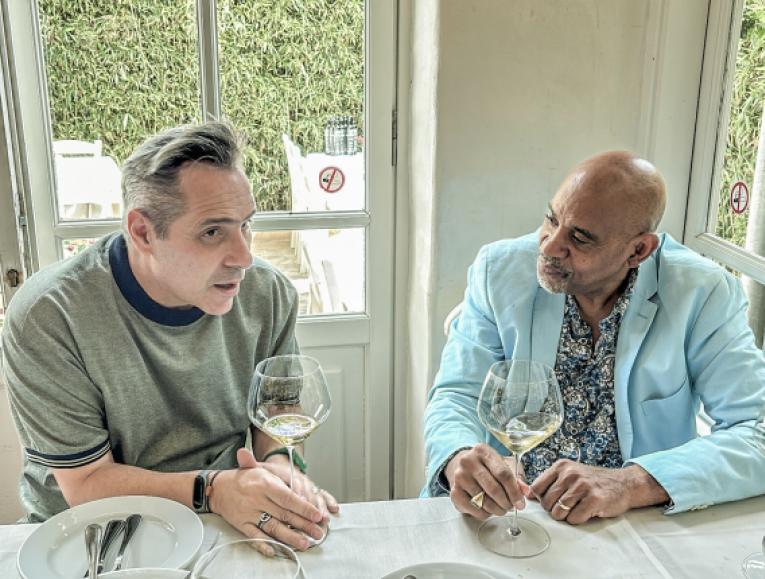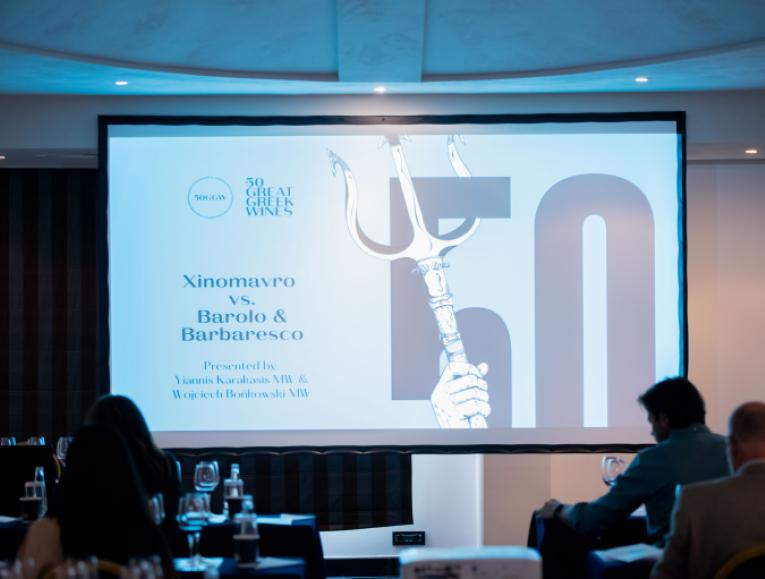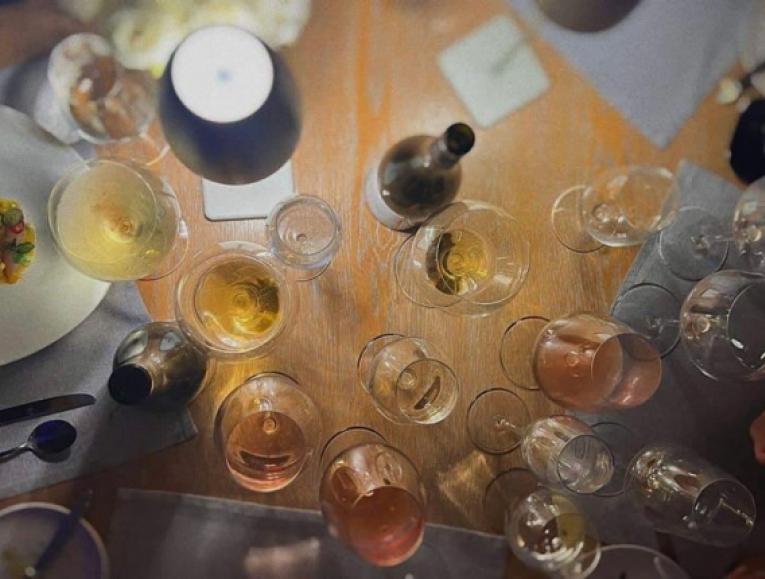The wines of the Master of Wine Examination 2019
Yesterday, the Institute of Masters of Wine published the list of wines that were included in the notorious, for its low pass rate, MW exam that ended in June 7. Like last year 160 students sat the theory and practical exams in London, San Francisco and Adelaide over a four day period. They were examined in three 12-wine blind practical papers and five theory papers on the subjects of viticulture; vinification and pre-bottling procedures; handling of wines; the business of wine; and contemporary issues. The practical and theory exams form the second stage of the MW study programme and are regarded as the ultimate examination in wine.
All the questions can be found here
My personal view regarding the questions follow.
Paper 1: Q1 Seems quite fair with at least two bankers, the Pessac and the off-dry Marlborough. Then, Q2 also straight forward with a classic Rioja, a Moscato and a Clare Valley Riesling; these wines, from each pair should have been the obvious picks. For the end a duet that initially looks scary when you see the wines with the Georgian Chinuri and the traditional Marsala but then the candidate was guided not to spend any time at all thinking about the origin. Overall a quite friendly Paper that looked deep into France, New Zealand, Italy, Spain and Australia, which focused on quality and winemaking.
Paper 2: As many times as someone plays the card of Bordeaux varieties it always comes down to proper identification and funneling. This is a question I had anticipated and had included in my bootcamps in Athens with Caro Maurer and Milan. The Saumur-Champigny seems as a bunker and the rest should be open for a good candidate to shine. This might be the question that makes the difference in whether one passes the whole Paper, or not. At the end of the paper another question that comes as no surprise with 4 wines from Europe but excluding the classic trio of France, Italy and Spain. I have to admit that I did talk with many students and most mentioned that they were pretty sure for a Xinomavro as the last wine. Proved actually to be a Cabernet Franc from Villany. Who would have thought that? But again this is wine 12 in Paper 2 so anything can be expected. Overall I think this was a challenging paper with 11 classic wines that offered good chance to gain marks.
Paper 3. Q1 and Q2 were very classic and anticipated; one needed to spot quality for Champagne and Prosecco and talk about what is relevant in that classification. Then Q2 with the four rosés seems quite demanding but the last two questions seem very honest including a Jura, the amazing Ben Rye Passito and the Rutherglen Muscat.
For the Theory part there were some nice questions to be discussed. My favourite and more intriguing were:
Paper 1: Your company has acquired a vineyard suitable for high-quality wine production that is currently producing grapes for bulk wine. Indicate what steps you would take to convert it.
Paper 2: Consider the impact of rosé winemaking techniques on wine quality. Are paler coloured rosé wines better quality? In this paper there was also my entry question to the IMW, 'How can a winemaker manage the impact of oxygen during the winemaking
process?'
Paper 3: What are the key factors to consider in drawing up a technical specification for: a. a white dessert wine bottled at source with 150g/l of residual sugar; and b. an entry-level red wine imported in bulk with 4g/l of residual sugar
Paper 4: Can social media drive brand loyalty in the wine category?
Paper 5: What makes wine authentic?
Good luck to all Greek candidates, mentees and friends.




